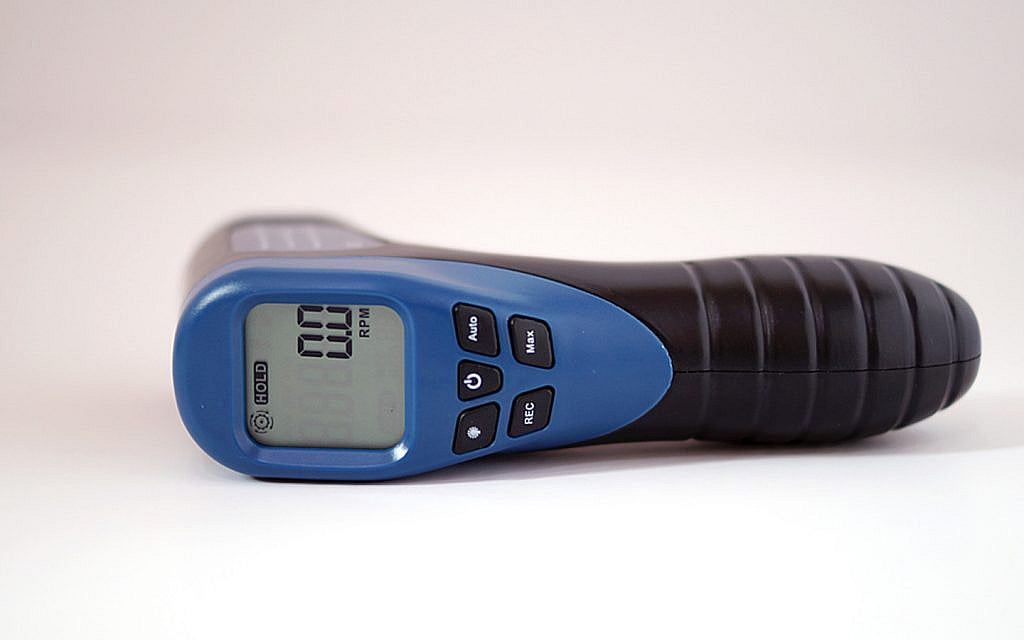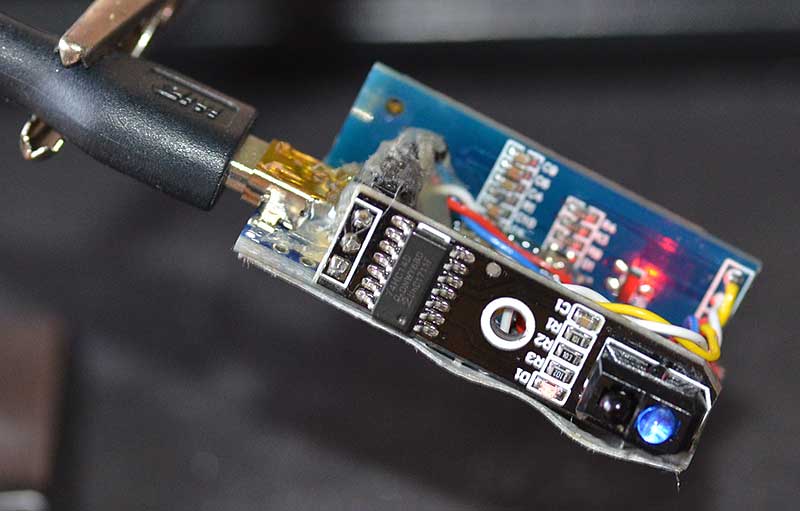
How to Hook Up a Tachometer to a Lawn Mower? Step by Step Guide
Share
If you're a tech professional or a dedicated tech enthusiast, you know that monitoring the performance of your equipment is crucial for its longevity and efficiency. One of the most important tools for this task is a tachometer, which measures the engine's RPM (revolutions per minute). In this guide, we will explore how to hook up a tachometer to a lawn mower, giving you insights into the process, necessary tools, and additional tips for successful installation.
Before diving into the installation process, it's essential to understand what a tachometer does and why it's valuable for your lawn mower. A tachometer provides real-time data about the engine's speed, allowing you to make informed decisions while maintaining your gardening tools.

Understanding the Basics of Tachometers
A tachometer is a device used to measure the rotational speed of an object, typically in RPM. In vehicles, including lawnmowers, it allows operators to monitor engine speed and performance. The information displayed can help maintain optimal engine operation and prevent potential damage caused by over-revving.
There are two main types of tachometers: analog and digital. Analog tachometers use a needle to indicate RPM, while digital tachometers provide precise numerical readings. Both types serve the same purpose but cater to different preferences and styles of reading.
Essential Tools and Materials Required
Before you start the installation, gather the following tools and materials:
- Tachometer (analog or digital)
- Wiring harness and connectors
- Wrench set
- Screwdrivers
- Electrical tape
- Wire strippers
- Multimeter (for testing)
- Owner's manual of your lawn mower
Step-by-Step Guide to Hooking Up the Tachometer
Once you have your tools and materials ready, follow these steps to successfully hook up a tachometer to your lawn mower.
Step 1: Safety First
Ensure your lawn mower is turned off and disconnected from any power source. Safety should always be your top priority when working with electrical components.
Step 2: Locate the Engine's Kill Switch
Finding the engine's kill switch is crucial as it allows you to turn the engine off and protect yourself during installation. Refer to your owner's manual for guidance.
Step 3: Install the Tachometer
Once you have located the kill switch, mount your tachometer onto the dashboard or the designated area of your lawn mower. Ensure it is secure and visible for easy reading while operating the lawnmower.
Step 4: Connect the Wiring
Next, you will need to connect the tachometer's wiring to the lawn mower's ignition system. Follow these general steps:
- Identify the positive and negative terminals of the tachometer.
- Connect the positive lead of the tachometer to the positive lead of the ignition coil.
- Connect the negative lead to the ground terminal of the lawn mower.
- Use the wiring harness and connectors to ensure a secure connection.
Step 5: Test the Connections
Once everything is connected, use a multimeter to test the connections. This ensures that no wires are crossing and all connections are intact.
Step 6: Reconnect the Power and Start the Lawn Mower
Reattach the power to your lawn mower and turn it on. Check your newly installed tachometer to see if it's registering engine RPM correctly. If it's working properly, congratulations! You've successfully hooked up a tachometer to your lawn mower.
Troubleshooting Common Issues
If your tachometer isn't functioning as expected, here are some common issues to troubleshoot:
- No Reading: Ensure all connections are secure and the tachometer is powered.
- Inaccurate Reading: Check the settings of the tachometer and verify that it matches your lawn mower's specifications.
- Interference: Electric interference from the mowers components can affect readings; ensure wires are well insulated.
Additional Information on Tachometers
If you're interested in learning more about tachometers and their applications, consider visiting resources like Tachometers in Engineering for deeper insights.
Also, further reading on the functionality of a tachometer can be found in this detailed article about What a Tachometer Tells You.
Conclusion
Installing a tachometer on your lawn mower can provide valuable insights into engine performance, helping you maintain it more effectively. With these step-by-step instructions and tips, you should be well on your way to enhancing your lawn mowing experience.

FAQs
1. Can I use any tachometer for my lawn mower?
Make sure to choose a tachometer compatible with the engine type and specifications of your lawn mower.
2. Is it safe to install a tachometer myself?
If you follow the proper guidelines and ensure safety measures, it is completely safe to install a tachometer yourself.
3. What should I do if my tachometer still doesn't work?
If it's not working after confirming all connections, consider consulting a professional or reviewing the specifications for troubleshooting tips.
